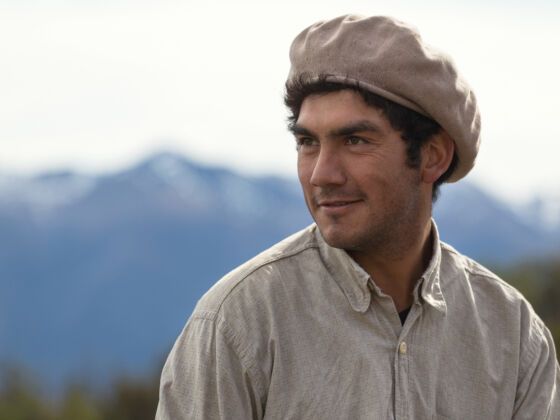ARRIVE IN GAIMAN, Argentina, and you’ll notice a few things seem culturally and geographically misplaced.
Streets bear the names of J.D. Evans and Abraham Matthews. The dragon-emblazoned flag of Wales flies prominently from local businesses, and signs are posted not only in Spanish but also in Welsh, a language otherwise encountered only in the British Isles.
